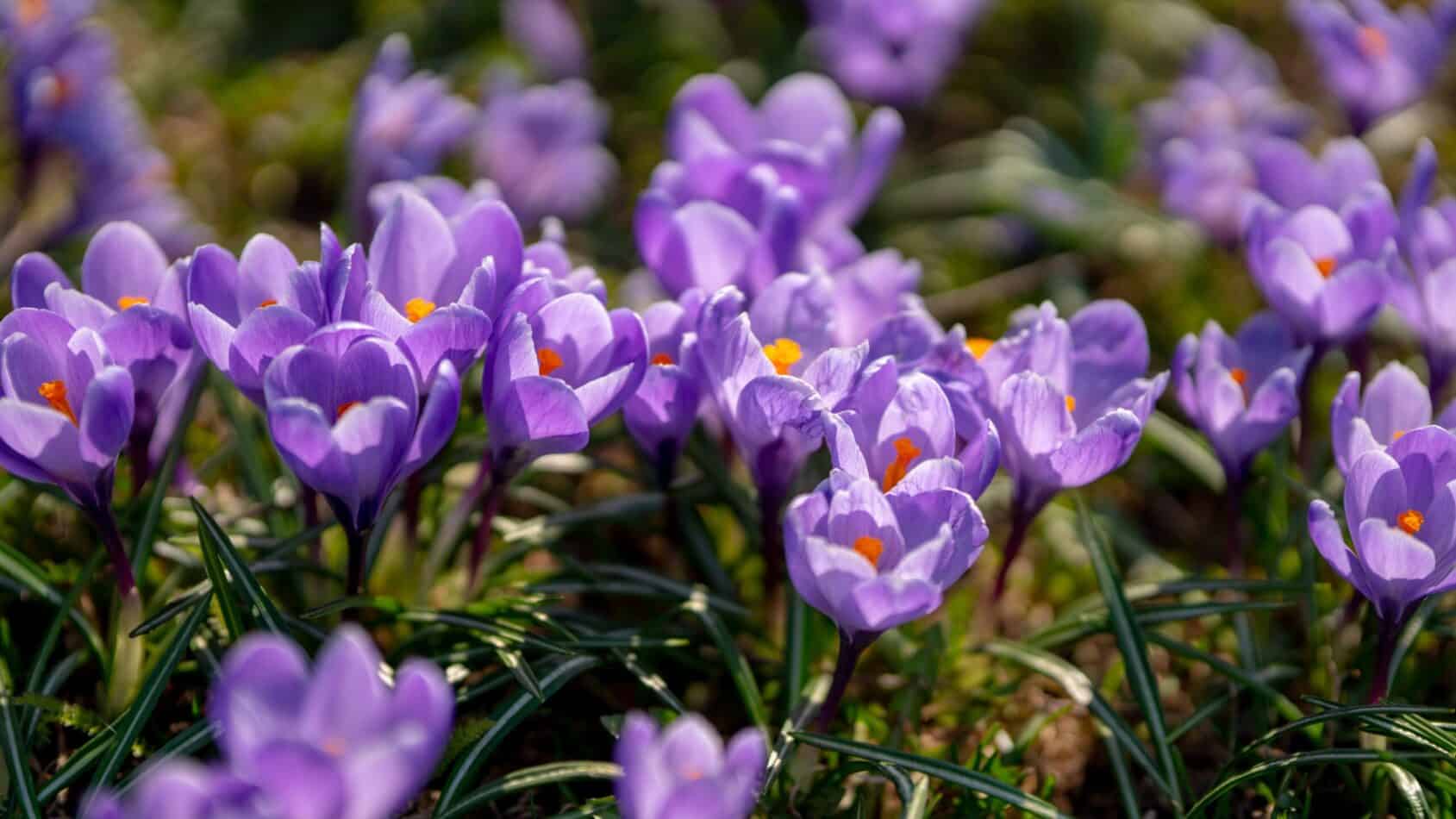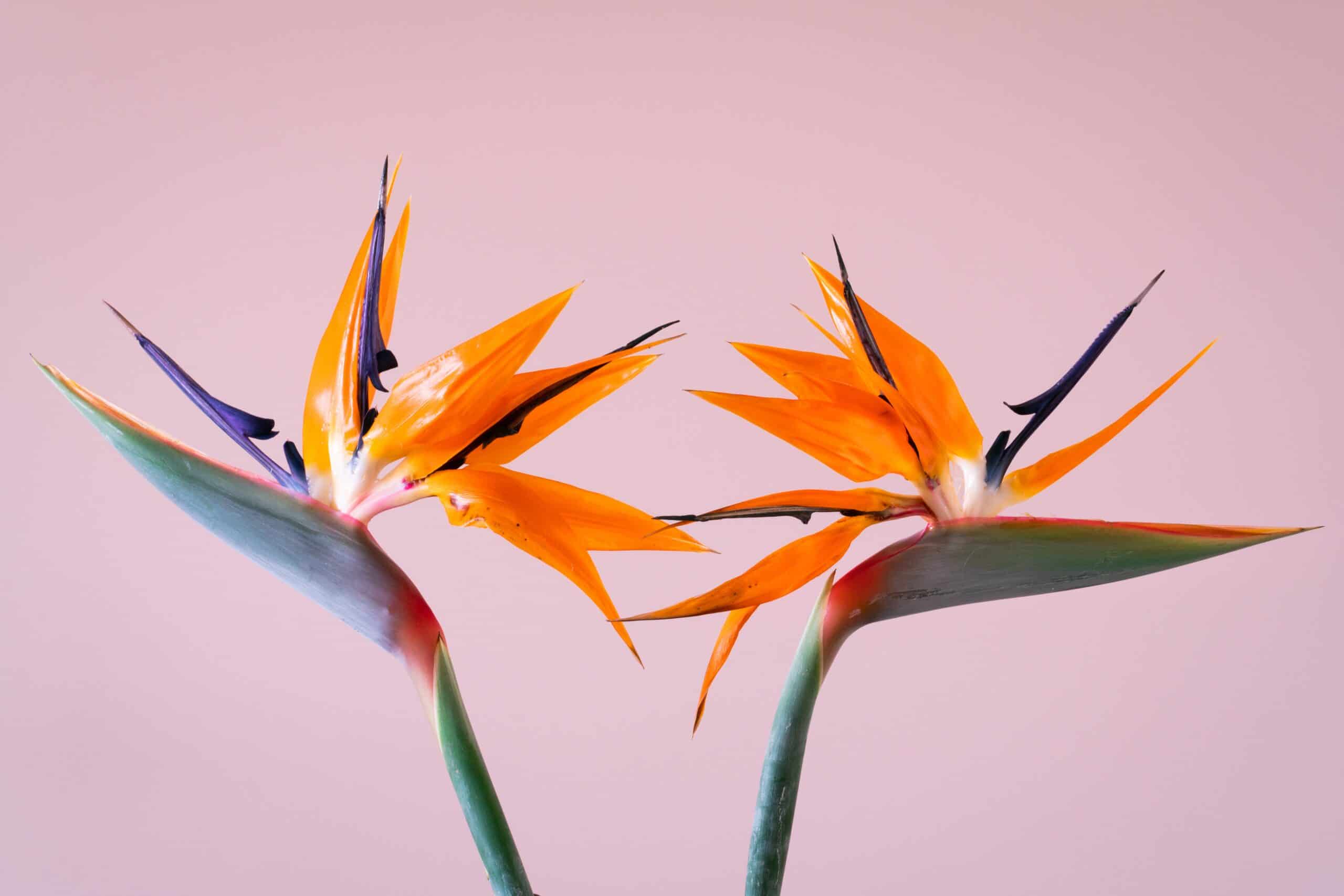The Oyster Plant, Mertensia maritima, is a spreading perennial that forms rosettes of oval-shaped blue to green leaves. The leaves apparently taste like oysters, which is how the plant earned its common name. In late spring, it produces clusters of bell-shaped flowers. It buds in pink and opens in bright blue hues and sit atop branches, making it ideal for cottage, rock, or coastal gardens. It has a mature size of up to six inches tall and prefers sandy soil and partial sun.
Etymology
The genus name for the Oyster Plant, Mertensia, honors the German botanist and zoologist Friedrich Gottlieb Mertens. The species name, maritima, is Latin for “of the sea” and refers to the tendency for this plant to grow near beaches and tidal marshes.
How to Plant
The Oyster Plant is ideal for growing in USDA hardiness zones 5-8. It requires light, sandy soil with a slightly acidic pH, and prefers partial sun to full shade. Oyster Plants should be watered regularly, but should never be allowed to remain water-logged or sodden. They should be fertilized in spring and fall with a balanced 10-10-10 fertilizer.
Meaning and Symbolism
Oyster Plants serve many purposes in garden design and feng shui, serving as an attractive ground cover and adding color and texture to gardens, yards, and terraced landscapes. Ancient practitioners of feng shui held the view that Oyster Plant was a symbol of harmony and balance, as well as a powerful protection from any and all negative energy.
History, Mythology, and Religious Significance
The earliest historical records of Oyster Plant come from the ancient Chinese. It is said that Emperor Shu of the Zhou Dynasty valued Oyster Plant for its beauty and for its medicinal qualities. In Hindu mythology, the Oyster Plant is associated with the god Vishnu and is believed to impart spiritual power. In the Christian faith, Oyster Plant is sometimes used to symbolize chastity and reverence.
Flower Varieties and their Defining Characteristics
The Oyster Plant belongs to the plant family Boraginaceae, and is a perennial plant. It can be found in various parts of the world, including North America, Europe, and Asia. The most common variety of the Oyster Plant is Mertensia maritima, which is characterized by its blue-green oval leaves and blue bell-shaped flowers. Other varieties of the Oyster Plant include Mertensia virginica, Mertensia alpina, and Mertensia maritimum var. oceanica.
How to Pot and Repot
When repotting an Oyster Plant, the best time to do so is during the spring or early summer. When repotting, make sure to transfer the plant to a new pot that is slightly larger than the original, with fresh potting soil. The pot should have good drainage, with a bottom layer of stones beneath the soil. To ensure its growth, make sure to water the plant when watering the soil is dry.
How to Prune
Pruning of the Oyster Plant should be done during the late winter or early spring time, before new growth begins. To do this, make sure to use clean and sharp pruning shears and to make all the cuts at a slant. When removing stems, make sure to cut right above a set of buds that are facing outward. This will encourage new growth and will help to keep the plant looking full and lush.
How to Propagate
Propagating Oyster Plants is best done through division. This process can be done in the spring or early summer. In order to propagate, start by digging up the plant and gently separating it into several sections by hand. Each of these sections should contain parts of both leaves and root systems. When replanting the divided sections, make sure that each one is pressed firmly into the soil.
Common Pests and Diseases
The Oyster Plant is relatively resistant to common pests and diseases. However, it can still fall victim to fungal root rot and powdery mildew, especially if they are not in the ideal growing conditions. To prevent any issues, make sure to check the soil moisture and keep the area free of fallen, rotten leaves. Aphids, slugs, and snails can also be a problem, so make sure to keep the area clean of these pests.
Frequently Asked Questions
Q: Is the Oyster Plant frost-resistant?
A: Yes, the Oyster Plant is frost resistant and can handle temperatures down to -30°F.
Q: Does the Oyster Plant need full sun?
A: No, it prefers partial sun and partial shade.
Q: Can the Oyster Plant grow in water?
A: No, the Oyster Plant prefers sandy soil, and is not suitable for aquatic environments.
Fact Sheet
The following table provides an overview of the most important information about Oyster Plant and Mertensia maritima:
| Plant Name | Oyster Plant – Mertensia maritima |
| Family | Boraginaceae |
| Plant Type | Perennial |
| Mature Size | Up to 6 inches |
| Sun Exposure | Partial sun to full shade |
| Soil Type | Light, Sandy |
| Soil pH | Slightly Acidic |
| Bloom Time | Late Spring |
| Flower Color | Pink/Blue |
| Hardiness Zones | 5-8 |
| Native Area | North America, Europe, Asia |
What we love from Amazon this week
Buy these wonderful flowers directly from Amazon:














